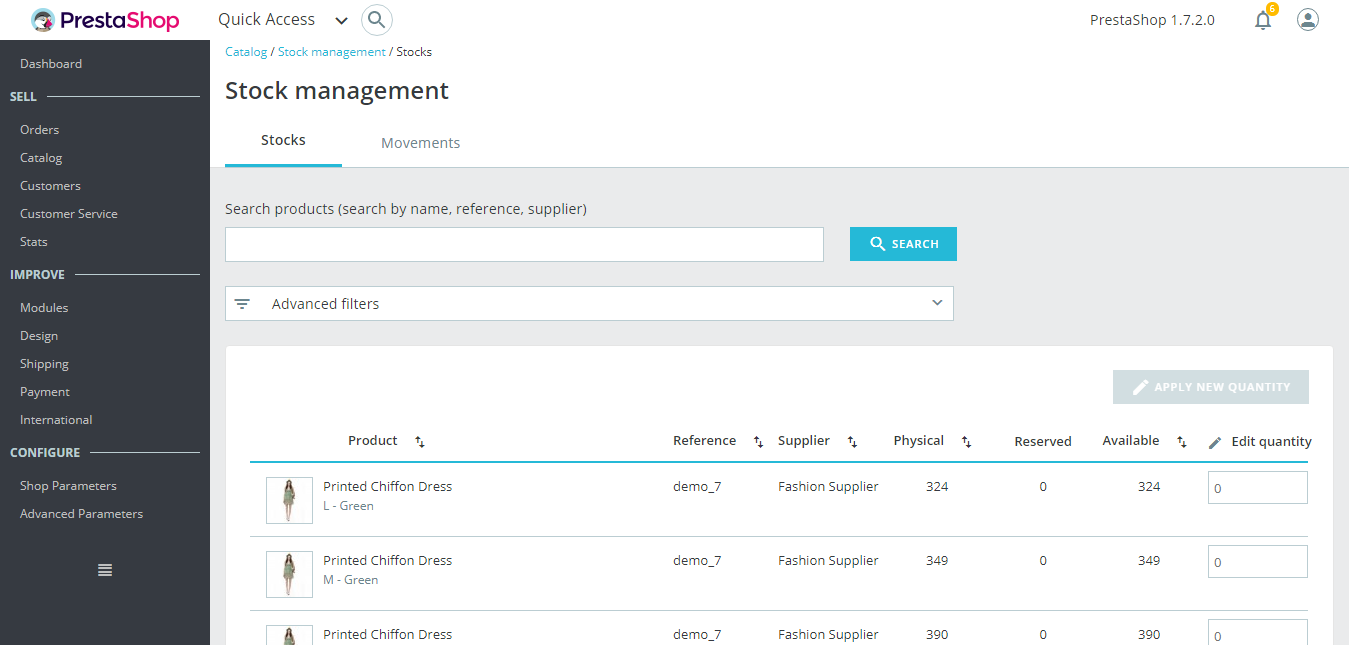1) You are offered 2 stocks. The beta of A is 1.4 while the beta of B is 0.8. The growth rates of earnings and dividends are 10% and 5, respectively. The dividends yields are 5% and 7 %, respectively.
a) Since A offers higher potential growth, should it be purchased?
b) Since B offers a higher dividend yield, should it be purchased?
Typinator 7 9. c) If the risk-free rate of return were 7 % and the return on the market is expected to be 14%, which of these stocks should be bought?
2) Your broker suggests that the stock of QED is a good purchase @ $25. Yu do an analysis of the firm, determining that the $1.40 dividend and earnings should continue to grow indefinitely at 8% annually. The firm's beta coefficient is 1.34, and the yield on Treasury bills is 7.4 percent. If you expect the market to earn a return of 12 %, should you follow your broker's suggestion?
3) The required return on an investment is 12%. You estimate that firm X's dividend will grow as follows:
Yield Dividend
1 $1.20
2 2.00
3 3.00
4 4.50
Author: Brian Last modified by: FA Created Date: 12/1/2004 11:00:49 PM Company: Amussen, Hunsaker & Associates Inc. Other titles: Discounted Owner Earning Investment Tenets Owner Earnings Income statment Cash Flow Balance sheet 'Balance sheet'!balance10.asp?CountryUSASymbolDBDstocktabfinance 'Cash Flow'!cashflow10.asp?CountryUSASymbolATRstocktabfinance 'Income statment'!income10.asp. Acer Aspire E1-731 BIOS 2.28 Click link to download: Acer Aspire E1-731 BIOS 2.28 Acer Aspire E1-731 BIOS 2.28 full asus 'Acer' Aspire.E1-731 BIOS 2.28.lenovo'.ideapad 'MediaFire.
For the subsequent years you expect the dividend to grow but at the more modest rate of 7% annually. What is the maximum price that should pay for this stock?
4) Management has recently announced that expected dividends for the next three years will be as follows:
Yield Dividend
1 $2.50
2 3.25
3 4.00 Screens 4 5 2 – access your computer remotely backup.
For the subsequent years, management expects the dividend to grow at 5% annually. IF the risk-free is 4.3 % percent, the return on the market is 10.3 %, and the firm's beta is 1.4, what is the maximum price that you should pay for this stock?
5). Management has recently announced that expected dividends for the next three years will be as follows:
Yield Dividend
1 $3.00
2 2.25
3 1.50
Stock Tab 1 40mg
The firm's assets will then be liquidated and the proceeds invested in the preferred stock of other firms so that the company will be able to pay an annual dividend of $1.25 indefinitely. If you required return on investment in common stock is 10%, what is the maximum you should pay for this stock?
© BrainMass Inc. brainmass.com October 1, 2020, 8:09 pm ad1c9bdddfhttps://brainmass.com/business/dividend-yield/stock-valuation-129418
Attachments
Solution Preview
1) You are offered 2 stocks. The beta of A is 1.4 while the beta of B is 0.8. The growth rates of earnings and dividends are 10% and 5, respectively. The dividends yields are 5% and 7 %, respectively.
a) Since A offers higher potential growth, should it be purchased?
Expected return = Expected dividend yield + Expected growth rate
= 5% + 10%
= 15%
Yes, because the expected return is higher than Stock B.
b) Since B offers a higher dividend yield, should it be purchased?
Expected return = Expected dividend yield + Expected growth rate
= 7% + 5%
= 12%
No, because the expected return is lower than Stock A.
Mbvg4-1/4

c) If the risk-free rate of return were 7 % and the return on the market is expected to be 14%, which of these stocks should be bought?
rs = rf + (rm - rf)b where rs is the stock's required rate of return
rm is the market required rate of return
rf is the risk free rate
b is the beta
For example,
For Stock A, the required return should be
k = 7%+(14%-7%)1.4
k = 16.8%
We can find the appropriate stock price by using the following equation.
Stock Tab 1 40
P = D0(1 + g) where D0 is the dividend this year
(k - g) k is the required rate of return
g is the growth rate
Assume that D0 is $1 ..
Stock Tab 1 4t
This solution is comprised of a detailed explanation to find the stock valuation for the company.
